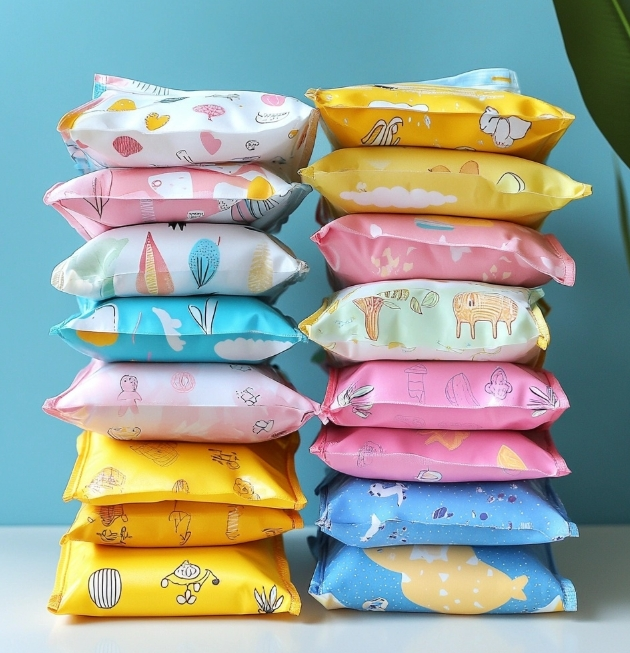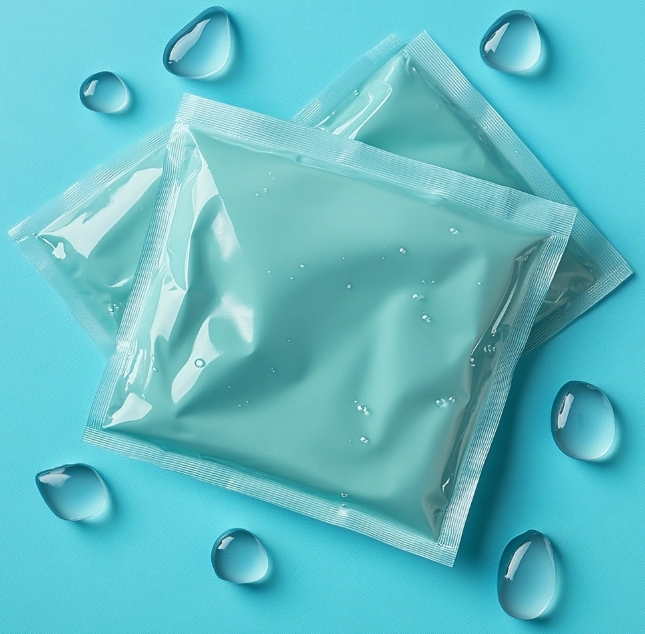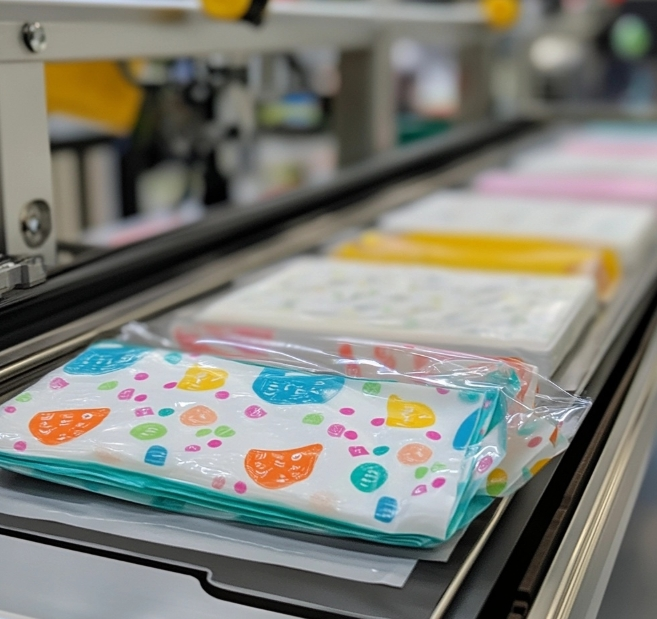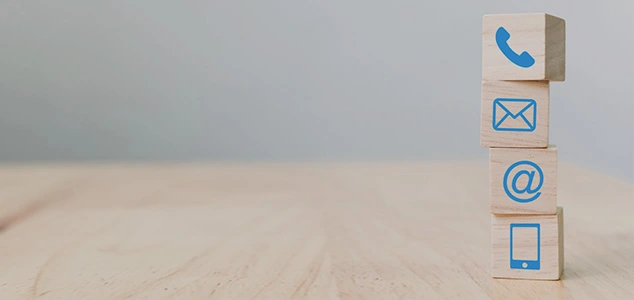At Yiteng, our team of experienced designers specializes in creating innovative and functional wet wipes packaging solutions. The design team is composed of design professionals from top Chinese universities, providing precise design solutions for your wet tissue packaging.
Our state-of-the-art manufacturing facility is equipped with the latest technology and machinery. This allows us to handle large-scale wet tissue pouch production efficiently while maintaining strict quality control throughout the entire process.
With years of experience in the packaging of wet wipes industry, Yiteng has developed a deep understanding of market trends and consumer preferences in terms of baby wipes packaging, disinfectant wipes packaging and alcohol wipes packaging, etc.
Our expertise extends beyond design to include comprehensive knowledge of wet wipes packaging materials, regulatory requirements, and sustainability practices. When you purchase from Yiteng, it means you choose efficiency, trust and professionalism.




Wet tissue packaging incorporates specific wet wipes packaging features to ensure the preservation, convenience, and user-friendly access to pre-moistened wipes.
Plastic film packaging
Polyethylene (PE): has good flexibility and water resistance, and is a common choice for single-piece wet wipes packaging.
Polypropylene (PP): It has good heat resistance and is often used in the packaging of wet wipes that can be heated.
Polyester (PET): High strength and good transparency, often used in the outer packaging of wet wipes.
Aluminum foil composite materials
Aluminum foil composite material is composed of aluminum foil and plastic film (such as PE, PET) layers. It has excellent barrier properties and can effectively prevent moisture evaporation and microbial contamination. This material is often used for products that need to remain moist for long periods of time. Such as disinfectant wipes packaging for alcohol wipes.
Re-sealable packaging
For multipacks of wipes, package designs often include reclosable labels or lids to reseal the package after each use and prevent the wipes from drying out.
Biodegradable materials
Such as PLA (polylactic acid), this material can decompose in the natural environment. Such as high-end PLA baby wipes packaging can reduce the impact on the environment.
Baby wet wipes packaging:Baby wipes have high requirements for openability, leakage resistance, and moisturizing properties.
Makeup remover wet wipes packaging:Cosmetic wet wipes generally have makeup removal effects, and their business owners need to confirm the packaging selection based on the characteristics of the product, including the material, formula, humidity, and packaging method of the wet wipes.
Disinfectant wet wipes packaging:Strict requirements for quality control: suppliers need to ensure strict compliance with quality standards during the production process and conduct regular quality inspections. Ensure protection standards for disinfecting wipes are met.
Flushable/toilet wet wipes packaging:The packaging design of toilet wipes not only needs to take into account the protection, moisturizing and portability of the product, but also the user's convenience and environmental protection requirements.
Glass cleaning wet wipes packaging:For glass cleaning wipes, users should be reminded of the type of glass they are suitable for and whether they are suitable for glass with special coatings.
Floor cleaning wet wipes packaging:For wipes containing specific cleaning chemicals, there should be clear safety warnings and usage instructions on the packaging.
Kitchen cleaning wet wipes packaging:Packaging materials should be safe and non-toxic, and materials that may cause allergies or other adverse reactions should be avoided.
Alcohol wet wipes packaging:Considering that users may need to carry wet wipes for outdoor cleaning or travel use, the packaging should be easy to carry, and small packages or individual packaging designs are common choices.

Material Selection: Wet wipes packaging materials are chosen for their ability to provide a barrier against moisture and air. Common materials include flexible plastic films, often with additional layers for increased durability and protection.
Sealing Technology: Wet tissue packaging employs effective sealing technologies to ensure a tight seal that prevents moisture from escaping and contaminants from entering. This helps maintain the freshness and efficacy of the wet tissues.
Dispensing Mechanism: Packaging often includes user-friendly dispensing mechanisms, such as resealable lids, flip-tops, or adhesive seals. These features help users access individual wipes while preserving the moisture of the remaining ones.
Packaging Formats: Wet tissue packaging comes in various formats, including individual sachets, travel-sized portable wet wipe pouch, or larger resealable packs. The choice of format depends on the intended use and consumer preferences.
Labeling and Information: Clear and informative labeling on wet tissue packaging provides users with essential information, including usage instructions, ingredients, and any safety precautions. This is particularly important for products used on the skin.
Sustainability: Increasingly, there is a trend toward more sustainable wet tissue packaging, with considerations for recyclability, use of eco-friendly materials, and minimalistic designs to reduce environmental impact.
Brand Differentiation: Wet wipes packaging design plays a role in brand differentiation, with companies often opting for distinctive and visually appealing packaging to stand out in the market.

Preliminary communication
We will arrange professional colleagues to contact you within 24 hours. At the same time, there are multiple professional colleagues to assist, ensuring a quick and professional response to the consultation.
Solution communication
You can provide design documents to help us better understand and meet the needs. We will discuss the design requirements, including key elements such as box type, quantity, material, size, etc.
Proofing communication
After determining the design plan, you need to confirm the final packaging plan. We will evaluate the production cost and start proofing after signing a proofing cooperation agreement. We will make the initial sample, and you will evaluate and give feedback after receiving it. Based on the feedback, we will make necessary modifications and make a revised sample.
Entering formal production cooperation
After the final sample is confirmed, we will sign a formal cooperation agreement with you. According to the contract, you need to pay a deposit as an advance payment for the order.
